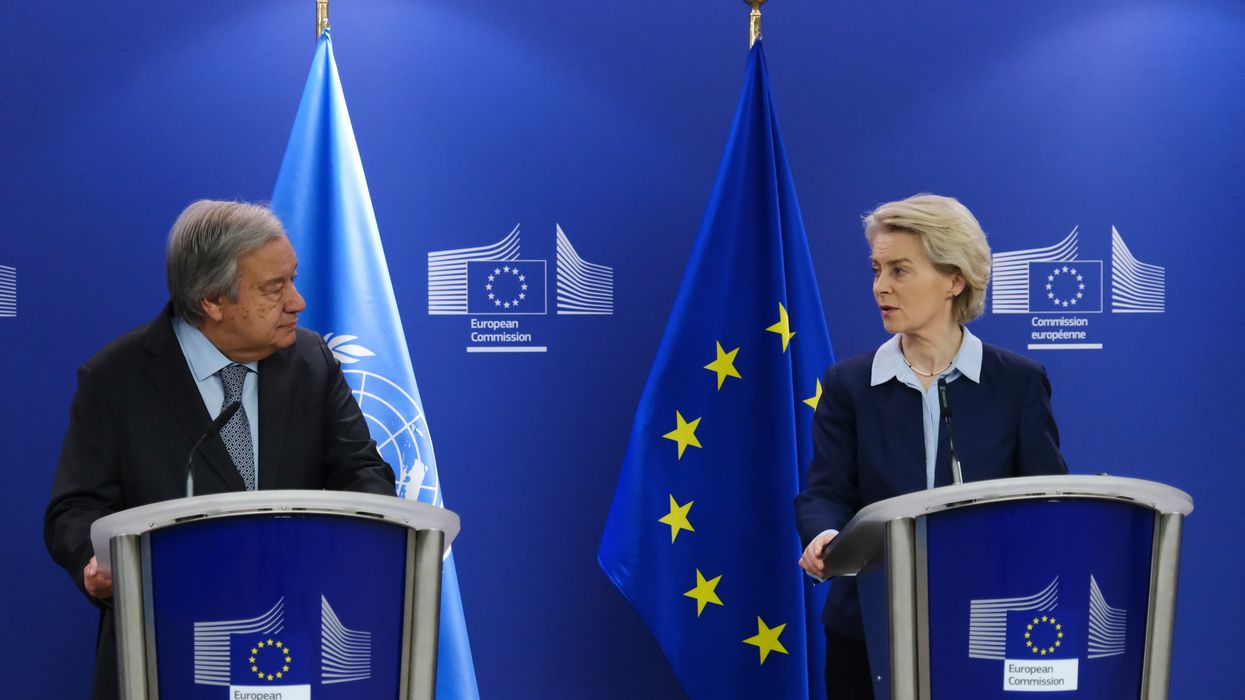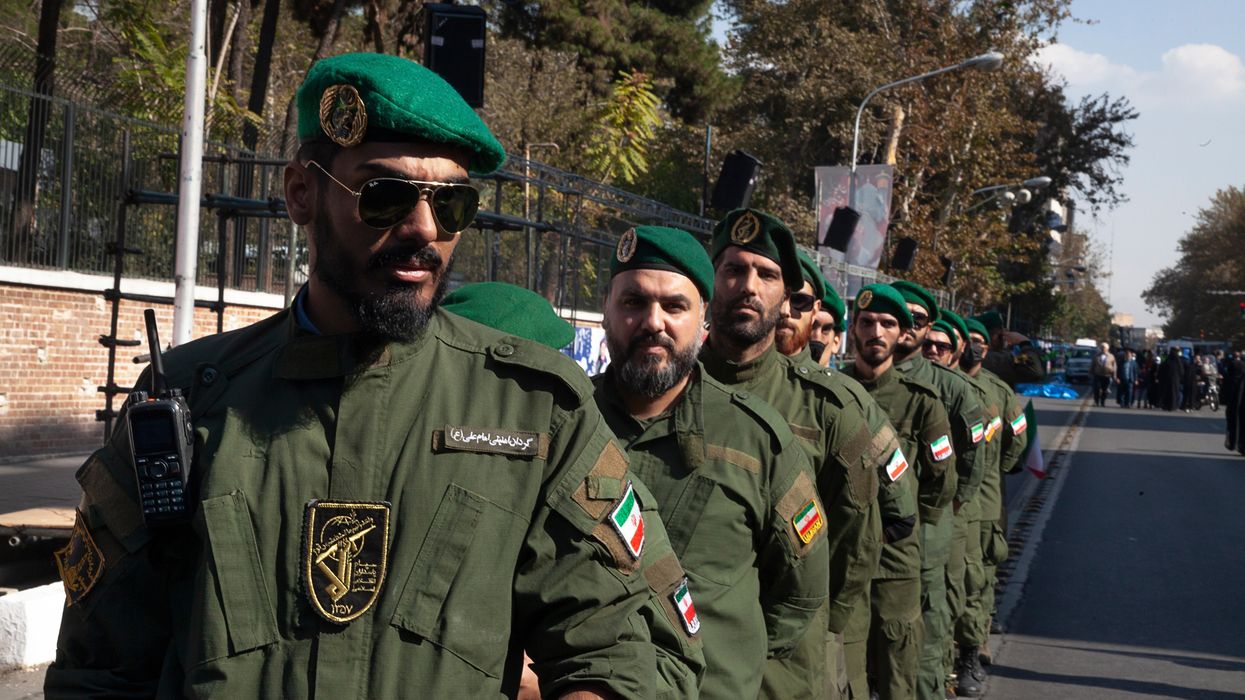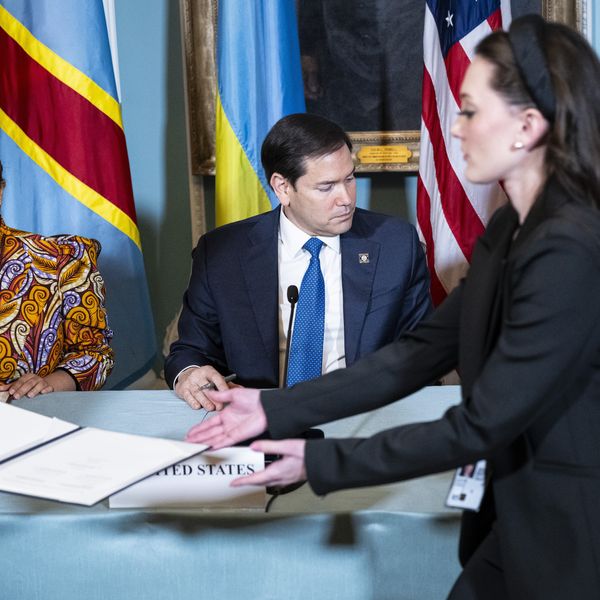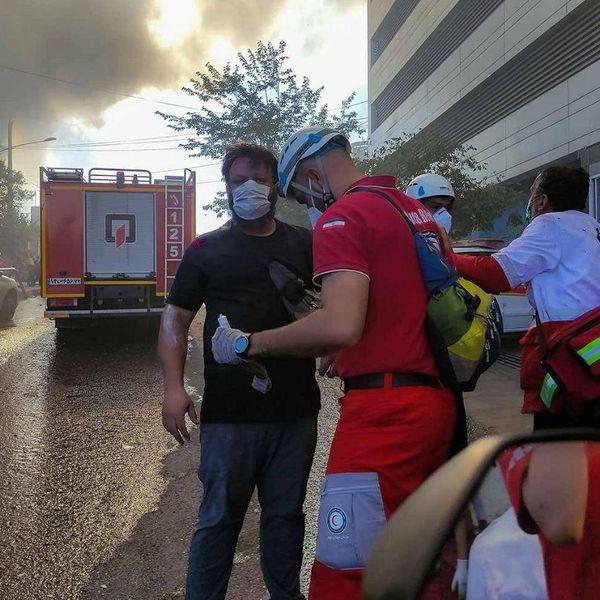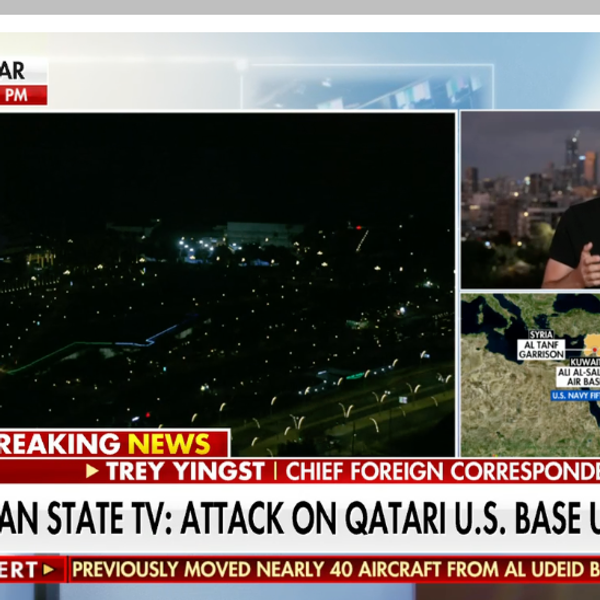As expected, the Biden administration submitted a $40 billion emergency supplemental request to Congress Thursday that included $25 billion in additional military and other aid to Ukraine.
The military assistance to Ukraine included in the request totaled over $13 billion – $1.5 billion to support U.S. troops in the European theater; and $11.4 billion for weapons procurement, including $4.5 billion to replenish weapons supplied to Ukraine from U.S. stocks and $5 billion for the Ukraine Security Assistance Initiative, which can be tapped by Kyiv to buy weapons from U.S. arms makers.
The $13 billion in military aid for Ukraine is a substantial sum by any measure, but the overall supplemental excludes two major items that had been discussed as possible components of the package: military aid for Taiwan and additional money for the Pentagon above the $886 billion in spending for national defense contained in the agreement that was reached to raise the debt ceiling. The Taiwan aid will likely be dealt with separately by the administration.
Meanwhile the issue of adding money for the Pentagon will most likely be debated when Congress considers the supplemental. Hawks like Sen. Lindsey Graham (R-S.C.) and House Armed Services Committee Chair Mike Rogers (R-Ala.) have pledged to use the supplemental as an opportunity to add billions — or possibly even tens of billions — in Pentagon spending unrelated to supporting Ukraine. On the other side of the matter, House Speaker Kevin McCarthy has spoken out against using an emergency package as a vehicle for boosting Pentagon outlays.
One question is how moderate and progressive Democrats will fit into the debate over spending more on a department that is already slated to receive near record levels of resources, even as it cannot pass an audit and is routinely overcharged for basic items.
The Ukraine military aid request itself will no doubt generate a series of amendments, possibly ranging from a total cutoff to proposals to condition the assistance on everything from the submission of a detailed diplomatic roadmap for ending the war to stricter vetting of the aid pipeline to prevent diversion of the aid to unintended recipients.
It’s important for Washington to continue to supply Ukraine with the aid it needs to fend off the Russian invasion, but it is also crucial that this aid be supplied in the context of a diplomatic strategy for ending the war. The parties to the conflict may not be ready for such a move just yet, but that could change — and even change rapidly — as the war drags on.
It remains to be seen whether the debate over the aid package will serve as a useful vehicle for promoting diplomacy with respect to the Ukraine conflict. But a vigorous discussion of how to establish a viable diplomatic track needs to occur, and the sooner the better.


